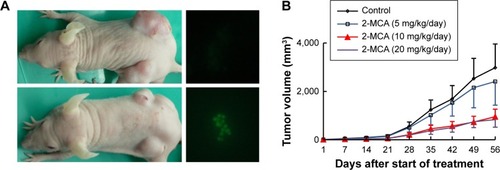Figures & data
Figure 1 Structure and effects of 2-MCA on cell morphology and growth in SK-HEP-1 cells.
Abbreviations: 2-MCA, 2-methoxycinnamaldehyde; h, hours.
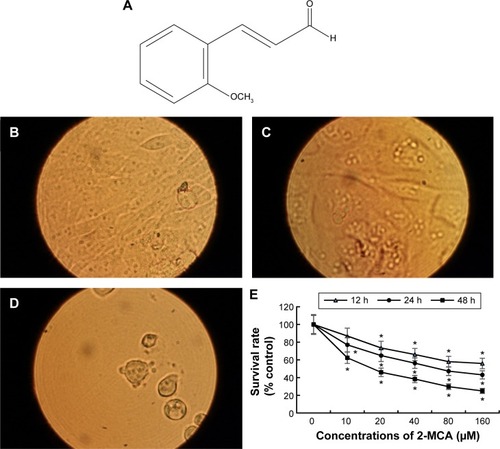
Figure 2 2-MCA-induced nuclear fragmentation in SK-Hep-1 cells.
Abbreviations: 2-MCA, 2-methoxycinnamaldehyde; h, hours.
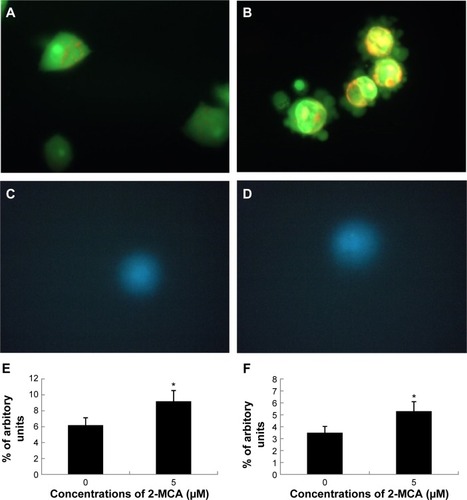
Figure 3 2-MCA increased VAC in SK-Hep-1 cells.
Abbreviations: 2-MCA, 2-methoxycinnamaldehyde; VAC, volume of acidic compartment; h, hours.
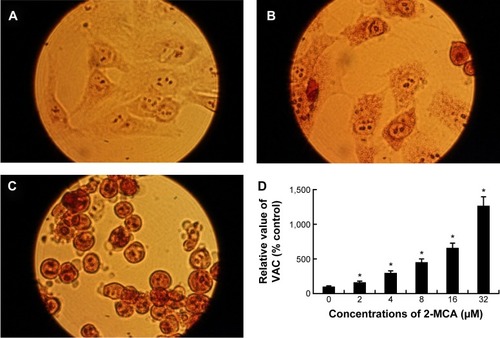
Figure 4 Flow cytometric analysis of 2-MCA-treated SK-Hep-1 cells.
Abbreviations: 2-MCA, 2-methoxycinnamaldehyde; h, hours; PI, propidium iodide.

Figure 5 2-MCA induced apoptosis through the mitochondrial pathway in SK-Hep-1 cells.
Abbreviations: 2-MCA, 2-methoxycinnamaldehyde; h, hours.
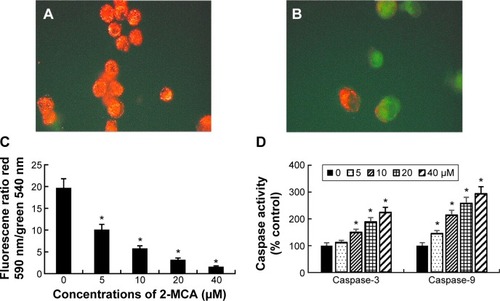
Figure 6 Inhibition of SK-Hep-1 topo I and II activities by 2-MCA.
Abbreviations: 2-MCA, 2-methoxycinnamaldehyde; CPT, camptothecin; DMSO, dimethyl sulfoxide.

Figure 7 2-MCA-inhibited DNA-binding activity of NF-κB and expressions of COX-2 and PGE2 in SK-Hep-1 cells.
Abbreviations: 2-MCA, 2-methoxycinnamaldehyde; NF-κB, nuclear factor κB; COX-2, cyclooxygenase-2; PGE2, prostaglandin E2; h, hours.

Figure 8 2-MCA suppressed growth and induced apoptosis in SK-Hep-1 xenograft.
Abbreviation: 2-MCA, 2-methoxycinnamaldehyde.
